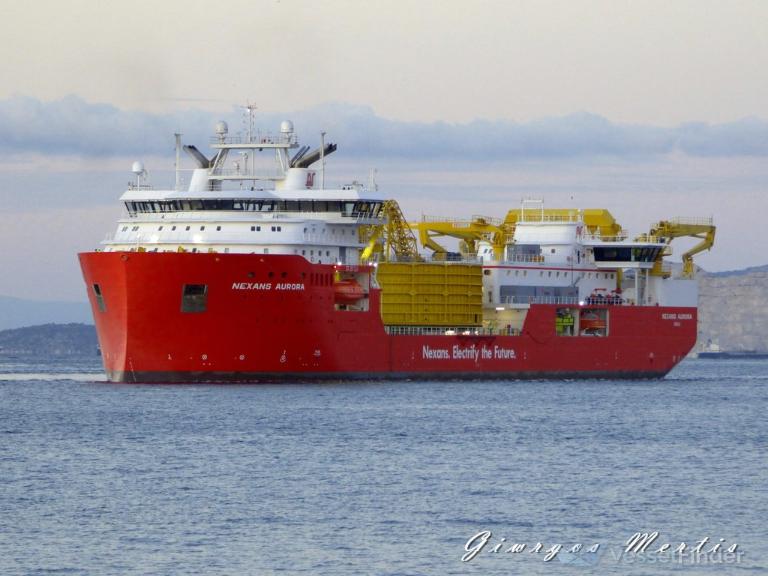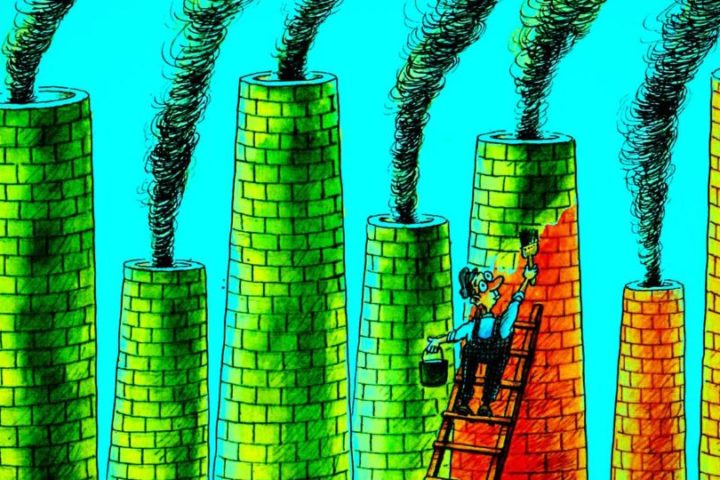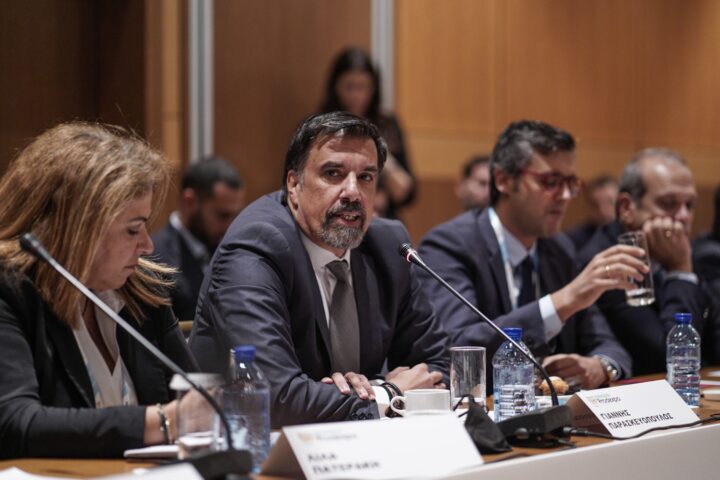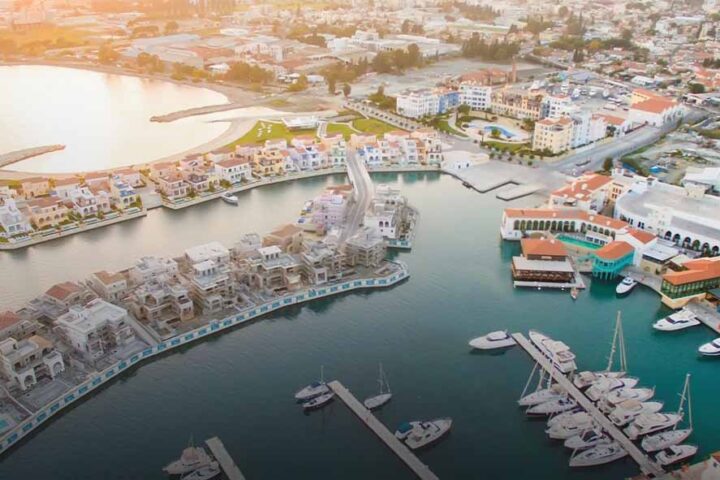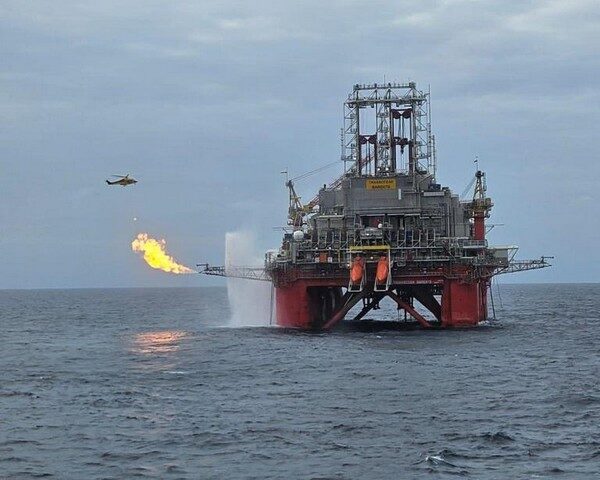As European concerns grow about its energy supply this coming winter, amid new threats from Russia to completely cut off gas flows while the war in Ukraine continues, energy issues are expected to dominate the agenda in talks during the official visit to Nicosia of the Greek Prime Minister on Monday, July 31.
And while Cyprus is currently not yet ready to supply the EU with natural gas, there is the prospect that in a few years it will be able to emerge as a key producer of natural gas that will be transported to Europe, via Greece, or via the East Med pipeline, which is still a commercially viable and technically mature project, whether through liquefaction and LNG vessels.
This prospect has recently been strengthened as (a) 450 bcm of gas has been confirmed in subsea gasfields in the southern exploration sector which will soon increase in size as exploration continues, and (b) there is now a commitment on the part of the Cypriot government and companies, especially after the round table meeting at the Ministry of Energy in Nicosia on May 29-30, to speed up the work and adopt a binding timetable for the start of production by the end of of 2026.
And while the exploitation of the Cypriot natgas fields is a non-negotiable goal for Nicosia, the government is largely obliged to go along with the plans of the companies, which it tries to influence wherever it can, since they are the ones the finance the exploration and later the necessary infrastructure projects for production.
The entire planning for the exploitation of the natgas fields may evolve over time and Cyprus may potentially be a country rich in energy resources, but there is already an equally serious and necessary energy infrastructure project in progress regarding the electrical interconnection of Cyprus with Greece and Israel through the laying of a giant electric cable with a total length of 890 km and a total production capacity of up to 2.0 GW.
The project in question, known as the EuroAsia Interconnector, includes the construction of the cable between Crete and Cyprus and a corresponding one between Cyprus and Israel.
Isolated
Thus, the EuroAsia Interconnector will offer the possibility of interconnecting the Greek, and by extension the European electricity network, with Cyprus. This way it will cease to be isolated as an “energy island” completely cut off from the European energy system. Correspondingly, there will also be an electrical interconnection with Israel, which for reasons of energy security aims at its own interconnection with Cyprus.
Consequently, the EuroAsia Interconnector is of enormous geopolitical interest for Europe, being in practice an extension and projection of the European energy space towards the eastern Mediterranean, and for this the EU is financing it with €657 mln from the Connecting Europe Facility (CEF) with Cypriot government to support it with an additional €100 mln through the recovery and resilience plan.
Although important from every point of view, the above funding from Union and state resources will need to secure additional funding as the total cost of the project has reached €1.9 bln after the last revision.
Judging from recent developments, the past six weeks have been the most critical period for the implementation of the EuroAsia Interconnector, after the grand inauguration of the construction phase of the project during a special ceremony in Nicosia on October 14, 2022 in the presence of former president Nicos Anastasiades, Energy Commissioner Kadri Simson and the energy ministers of Greece and Cyprus.
But the period that followed was characterised by a multitude of bureaucratic problems, mainly at the European level, which prevented the immediate promotion of specific parts of the project.
Timeframe
The implementation timeframe was accelerated from mid-June onwards after two main outstanding issues were resolved within a short period of time.
First, on June 29, the strategic participation agreement was signed with the IPTO of Greece (ADMIE) for a 25% of the share capital of EuroAsia Interconnector.
The participation of the operator of the Greek energy transmission system was a permanent requirement of the General Directorate of Energy of the EU in order on the one hand to ensure the extension of the expertise already provided by the Greek organisation to the Cypriot company, and on the other hand to speed up the construction of the necessary projects.
Second, on July 19, the final agreement was signed with the Norwegian division of Nexans, for the supply and installation of the HVDC 500 KV impregnated mass cables for the Cyprus – Crete link, with a capacity of 1,000 MW, with the possibility of expanding to 2,000 megawatts. Nexans had been selected since July 2022, however signatures were pending until now.
The finalisation of the agreement with Siemens for the design, construction, supply, installation and operation of the VSC-HVDC conversion stations at Kofinou is now pending. These are the stations through which the electricity will pass to and from Greece and Israel.
The flagship project of the EuroAsia Interconnector, which is now well into its implementation phase, is logical and next in the talks between the Greek Prime Minister Kyriakos Mitsotakis and the President of Cyprus Nikos Christodoulides, as its construction and operation will strengthen the geostrategic Athens-Nicosia axis.
And Cyprus immediately needs the strong support of Greece, at the European and regional level, in order to secure, through the EIB and a consortium of private banks, the additional required financing, which is in the order of €800 – 900 mln.
Costis Stambolis is President and Executive Director of the Energy Institute of SE Europe (IENE) and Director of the energy portal energia.gr. He is a regular contributor to the Financial Mirror on energy and economy

